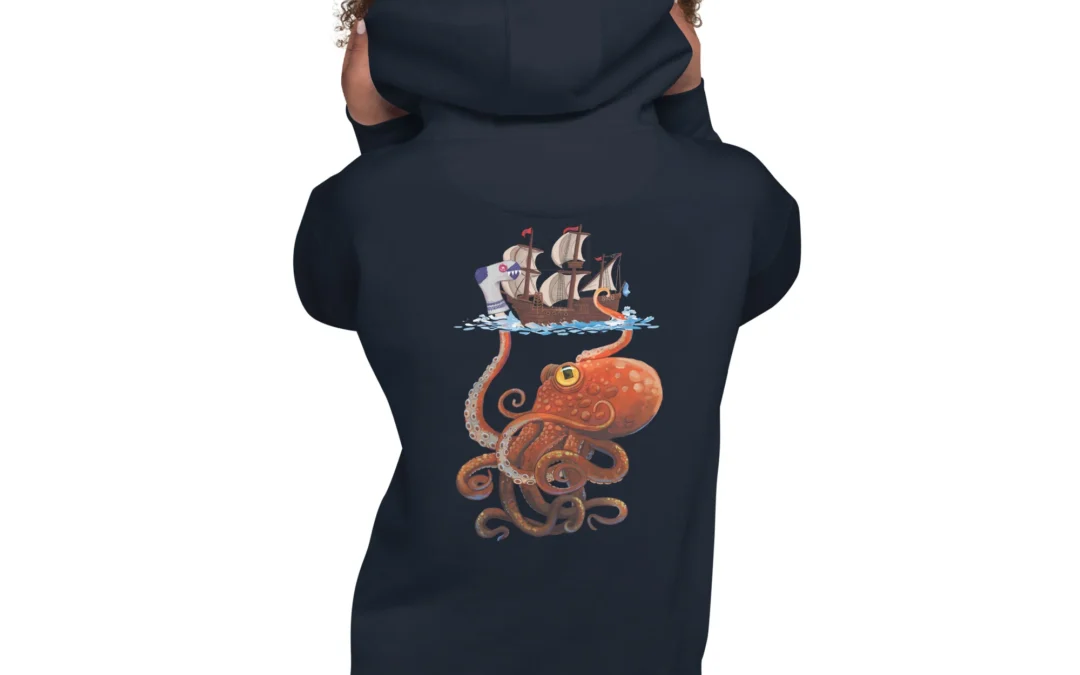I have been selling Print on Demand (POD) merch featuring my artwork since 2007, and have been studying not only the market, but the industry around teaching the strategy for just as long. My approach has always been slightly to the side of the advice for one simple reason: Marketers talk about Print on Demand as if the art is a commodity.
What does that mean? If you buy a program to learn how to sell your work with POD, in general, the marketers teaching that program are going to explain strategies for acquiring artwork that don’t involve it coming from you. As recently as five years ago, the predominant advice was to solicit work cheaply on fiverr or Upwork, or to create a system of low-effort, text-based designs that are repeatable across niches. Now, all the strategies are to use AI to create your ‘content.’
If you are an artist, a cartoonist, or a designer of any kind, this strategy is not only unnecessary, but the insistence that “AI is going to replace designers and you must use it to be competitive” borders on unethical, and can put you off the rest of the strategy that is being taught. I’ve noticed this each time I’ve checked out a different program. This is the direction POD is going from the perspective of marketers who are interested in leveraging the model as a way to generate income and nothing more.
Here’s the thing: the rest of the strategy is the same no matter who you listen to. But if you are an artist, that is, if you are interested in developing your brand based on your own art practice, the goal is inherently different and NOBODY is laying out what adjustments you need to make to utilize the strategies in a way that aligns with those goals.
At the same time, the strategies for selling your fine art are slightly different from those for selling imprinted merch through a POD platform. They’re related, and some are transferrable, but your brand positioning is different. I digress a bit— talking about fine art marketing in relation to POD is a different post for a different time.
Your development is going to be slower than these low-effort content farms, because the creation of your work is inherently going to be slower than whatever a robot generates. This is a good thing. Your work is not a commodity. Your work is the USP (Unique Selling Propsition) for your eCommerce business. You don’t have to be “competitive” in the same way that a content farm has to be because nobody can compete with you on your playing field. You can also forget about ever having to compete on price with any of those low-effort content brands because what you make is more valuable.
You have some work to do, of course. Your job is to develop a product line that aligns with your art practice and is also appealing to a market of interested buyers. This is going to take you places in your art practice that you may not otherwise have gone, but I have found that I am invigorated and curious about where it’s taking me. My work has always been commercial— it’s not done until it’s sold, I say. Even if this is not true for you, if your practice involves singing the song of your heart, there’s an audience out there for it, and if you do want to make a couple of bucks to help support it on the way to finding them, learning some marketing strategy will help you on that journey too.

